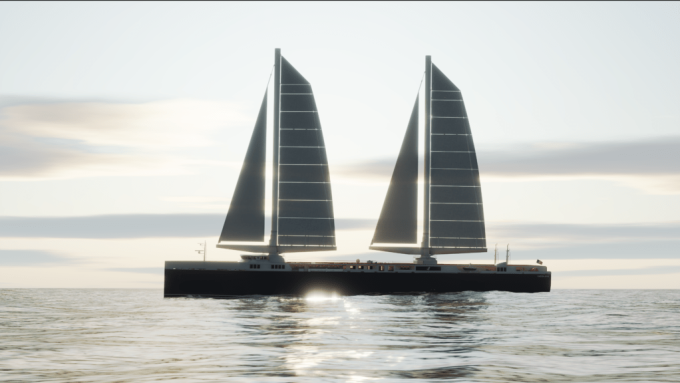COP29: UK PM announces 'determined commitment' to steep emissions cuts
Arriving at COP29 this week, UK prime minister Keir Starmer has unveiled a ‘nationally determined ...

It is becoming possible for some ships to save a portion of their emissions by retrofitting a sail, but French start-up Neoline has something different in mind: building, owning and operating sailing cargo vessels from the keel up.
Recent news points to a consolidation of newbuild ...

Comment on this article